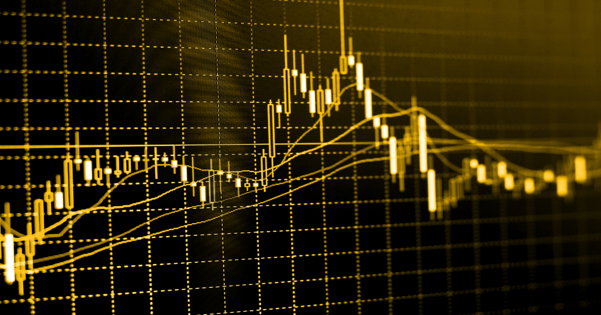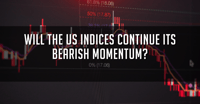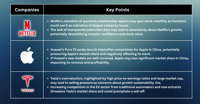Fresh signs of a hot US labour market leave the Federal Reserve on course to raise interest rates by a quarter percentage point at its meeting next month, signalling more tightening is likely after that.
The Fed decided last Wednesday to raise its benchmark federal funds rate by a quarter point to a range between 4.5% and 4.75%. The central bank is seeking to slow economic growth to a below-average pace to weaken demand and restrain inflation, which has eased recently after hitting a 40-year high last year.
Data released last Friday show US employers added a robust 517,000 jobs last month, and the unemployment rate fell to 3.4%, the lowest level since 1969. Average hourly earnings grew 4.4% in January from a year earlier, down from a revised 4.8% in December.
The unusually large job growth in January is more important for the Fed, the data suggesting the economy had more momentum than previously anticipated, which means the economy can stand for more rate hikes from the Fed.
Wage growth also was revised higher in November and December. Hourly pay for private-sector workers grew at an annualised rate of 4.6% during the three months through January, up from 4.1% for the prior three-month period.
Signs that the Fed’s aggressive rate increases last year have not significantly cooled the labour market could fuel more difficult debates at the central bank over whether it has done enough to corral high inflation.
Bond investors and economists have anticipated that more evidence of a slowdown in investment, spending and hiring could persuade the Fed to stop lifting rates after making another increase at its March 21-22 meeting, but signs of any reacceleration could prompt officials to delay decisions about a pause into the summer.
According to projections released after their policy meeting in December, most Fed officials thought the central bank would need to raise the fed-funds rate to 5.1% this year, which may imply quarter-point rate increases at their next two meetings, in March and May. However, more than a third of officials anticipated lifting the rate above 5.25%, which would call for another increase in June.
Gold may head to $1830
Many investors and market analysts believe that, since rising interest rates make bonds and other fixed-income investments more attractive, money will flow into higher-yielding investments, such as bonds and money market funds, and out of gold when rates increase. As a result, the strong NFP may pressure the gold price lower.
If the upcoming inflation data continues to point to a sticky inflation environment, the gold price is likely to test the next support level at nearly $1830.
However, there is insufficient evidence that gold is consistently weakened by federal funds rate hikes or Treasury yields. Despite some negative correlation in the 2000s, there are far too many instances of gold and interest rates rising together to say that high-interest rates cause gold prices to fall.
Fullerton Markets Research Team
Your Committed Trading Partner














